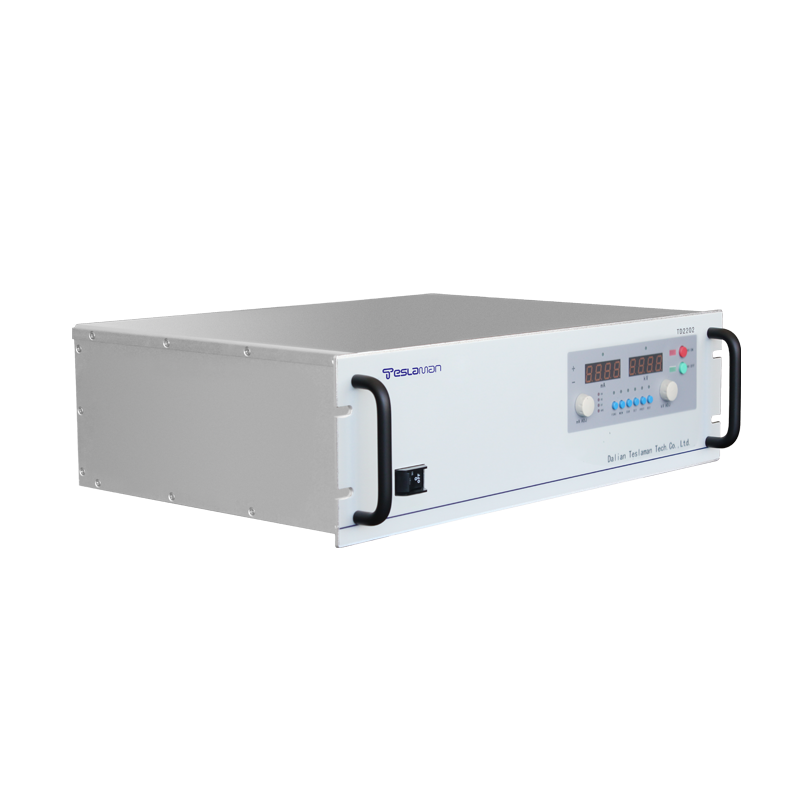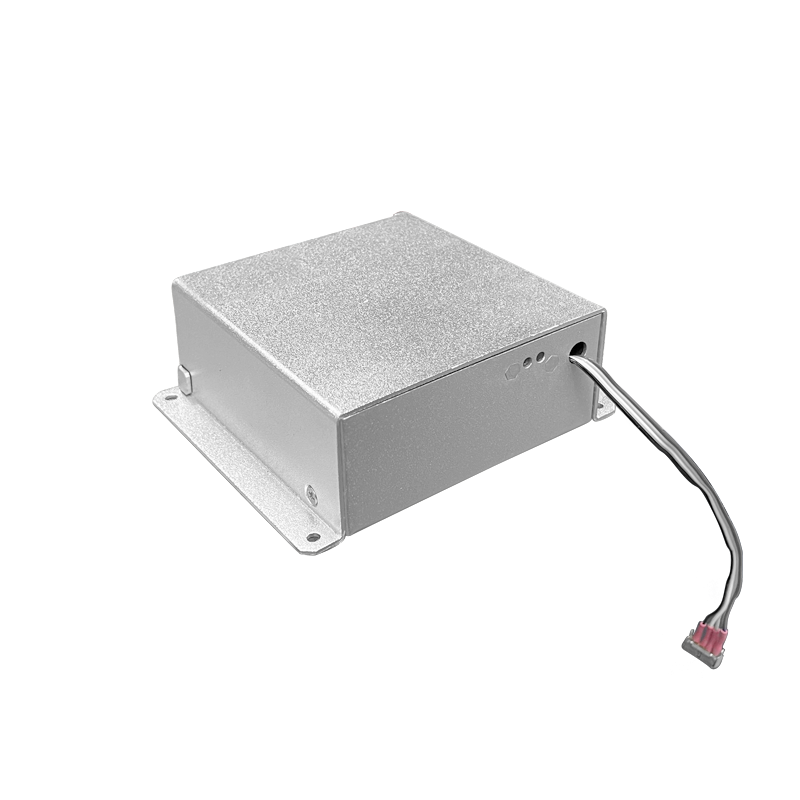Research on Adaptive Regulation of High-Voltage Power Supply in Etching Equipment
In semiconductor manufacturing, the precision of etching processes directly determines device performance and yield. As the core component of etching equipment, the stability of high-voltage power supply output characteristics critically influences the ion energy and flux distribution in plasma, thereby determining etching profile accuracy. Traditional fixed-parameter power supplies struggle to cope with process fluctuations (e.g., gas composition changes, reaction chamber temperature drift). Adaptive regulation technology significantly improves etching uniformity and controllability by dynamically responding to operational variations.
1. Core Role of High-Voltage Power Supply in Etching
Etching removes material via plasma physical bombardment and chemical reactions. Key functions include:
1. Ion Energy Control: Output voltage dictates ion acceleration kinetic energy. High ion energy (>500 eV) enables anisotropic etching for steep sidewalls; low energy (<100 eV) minimizes material damage, suitable for shallow etching.
2. Ion Flux Management: Power and frequency adjustments optimize plasma density, ensuring uniform ion flux distribution to prevent local over-etching or residues.
3. Process Adaptability: Different etch structures (e.g., deep silicon vs. metal interconnects) require specific power modes. Capacitively Coupled Plasma (CCP) needs rapid polarity switching, while Inductively Coupled Plasma (ICP) relies on high-power-density output.
2. Principles of Adaptive Regulation
Adaptive regulation achieves closed-loop control via real-time process monitoring and dynamic feedback:
• Multi-Parameter Sensing:
Sensor networks monitor gas flow, temperature, pressure, and plasma impedance, while spectral analysis provides real-time etch rate and byproduct concentration data.
• Dynamic Response Mechanism:
Upon detecting ion flux fluctuations (e.g., due to gas ratio imbalance), the power supply adjusts pulse frequency (10–100 kHz) or duty cycle within milliseconds to stabilize plasma.
• Anti-Interference Capability:
For spark discharge events, the system reduces voltage and restarts in microseconds, minimizing electrode damage. Algorithms predict failure points (e.g., electrode ash accumulation).
3. Key Technologies
1. Multi-Parameter Coordination Model:
Models correlate gas flow, power, and pressure with process targets (e.g., critical dimension accuracy, aspect ratio):
• Increasing RF power boosts etch rates but requires lower pressure to avoid over-etching;
• Fluorine-based gas (SF₆) flow and oxygen ratio affect silicon-to-silicon oxide selectivity.
2. Fast-Response Power Architecture:
• High-Frequency Switching: Full-bridge inverters with SiC MOSFETs enable nanosecond switching, suppressing voltage overshoot.
• Hybrid Constant-Current/Voltage Modes: Constant-current stabilizes plasma ignition; constant-voltage maintains steady state, balancing efficiency and precision.
3. Intelligent Algorithms:
• Fuzzy PID Control: Addresses process nonlinearity, e.g., linking gas concentration to power adjustments via membership functions.
• Model Predictive Control (MPC): Predicts plasma state changes using historical data to preemptively correct parameters and suppress oscillations.
4. Implementation Methodology
1. Hardware Layer:
Integrate high-precision ADC/DAC modules (>1 MSPS sampling rate) to capture microsecond-level current fluctuations.
2. Software Layer:
Deploy digital twins to simulate electric field distribution and particle trajectories, predicting parameter adjustment outcomes.
3. Calibration Mechanisms:
• Static Calibration: Periodically recalibrate power output curves to counter aging;
• Dynamic Calibration: Use Lyapunov stability-based observers for real-time voltage drift compensation.
5. Applications and Future Trends
• Efficiency Gains: Adaptive systems improve within-wafer uniformity by >15% and reduce energy consumption by 10–30%.
• Emerging Applications: Enable complex structure etching (e.g., 3D NAND deep holes) via multi-stage parameter switching for high aspect ratios.
• Future Integration:
• Combine AI for autonomous process optimization;
• Develop corrosion-resistant electrodes (e.g., titanium alloy coatings) and self-cleaning insulators for harsh environments.




















